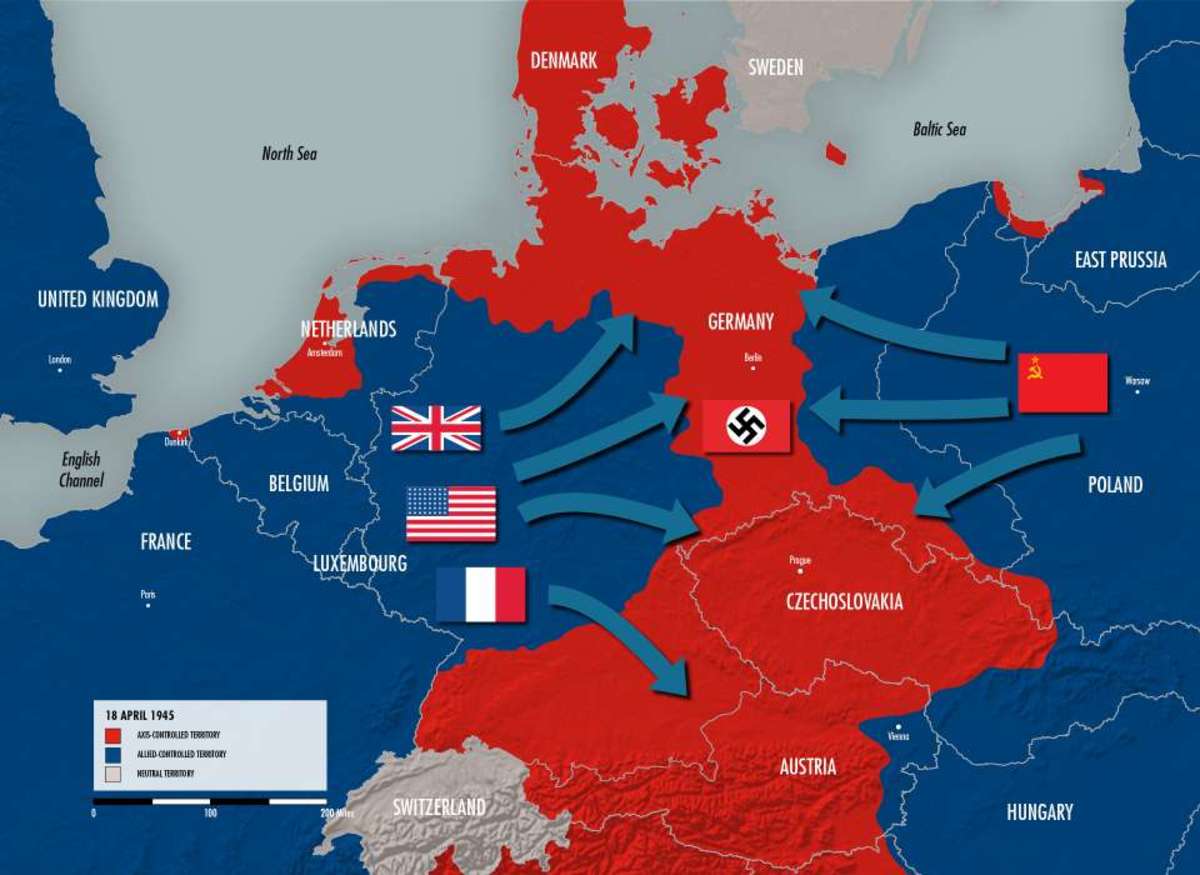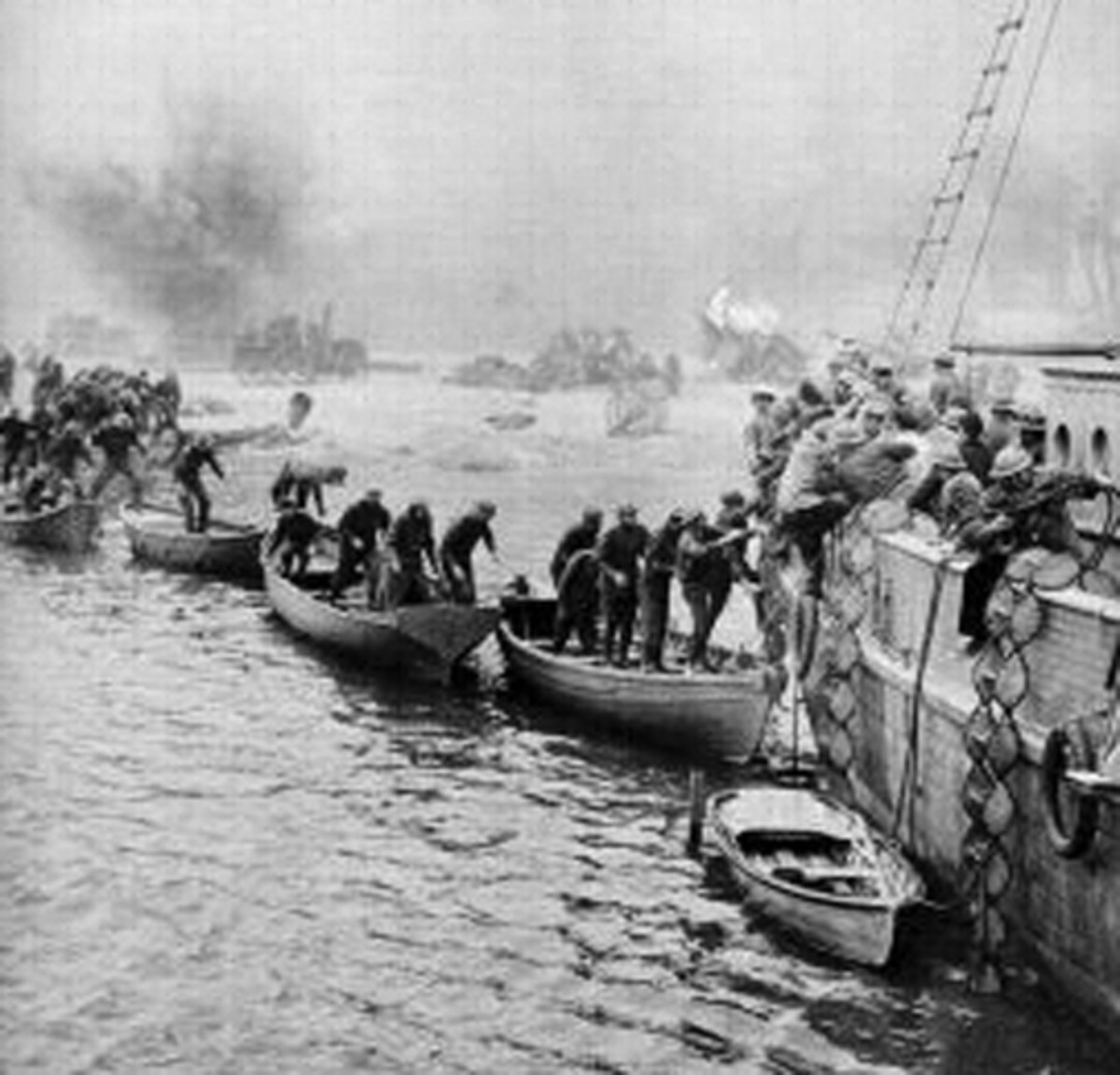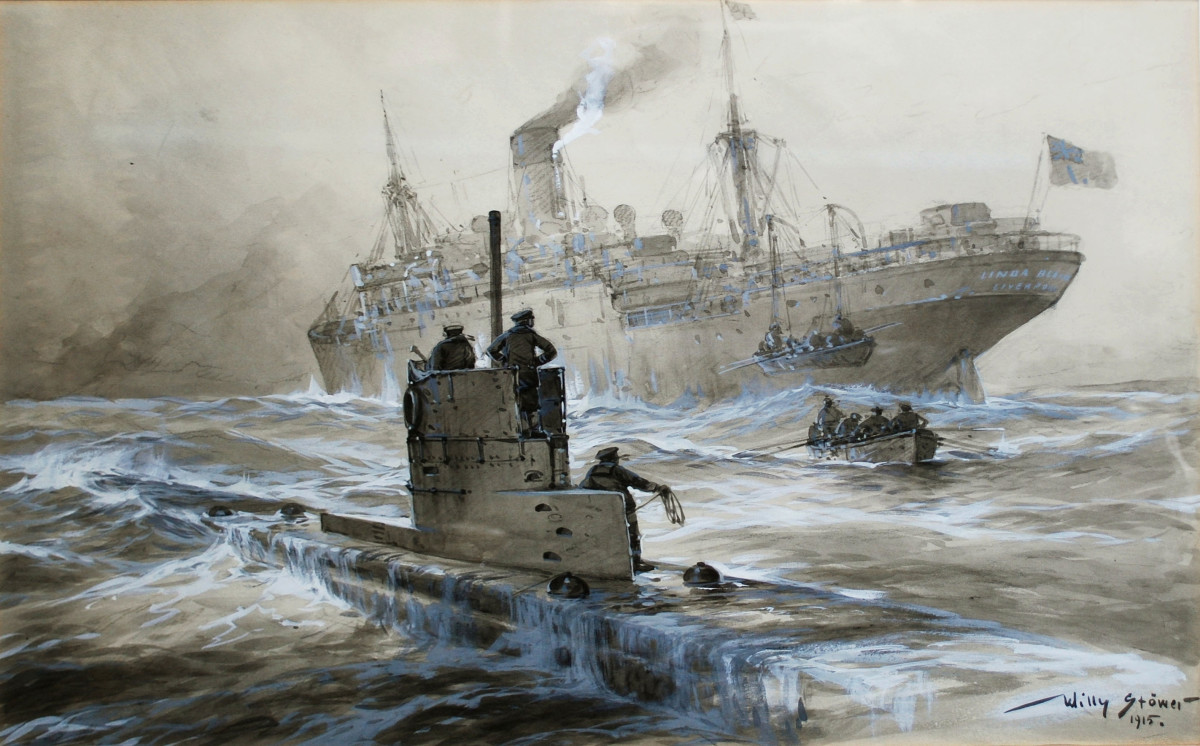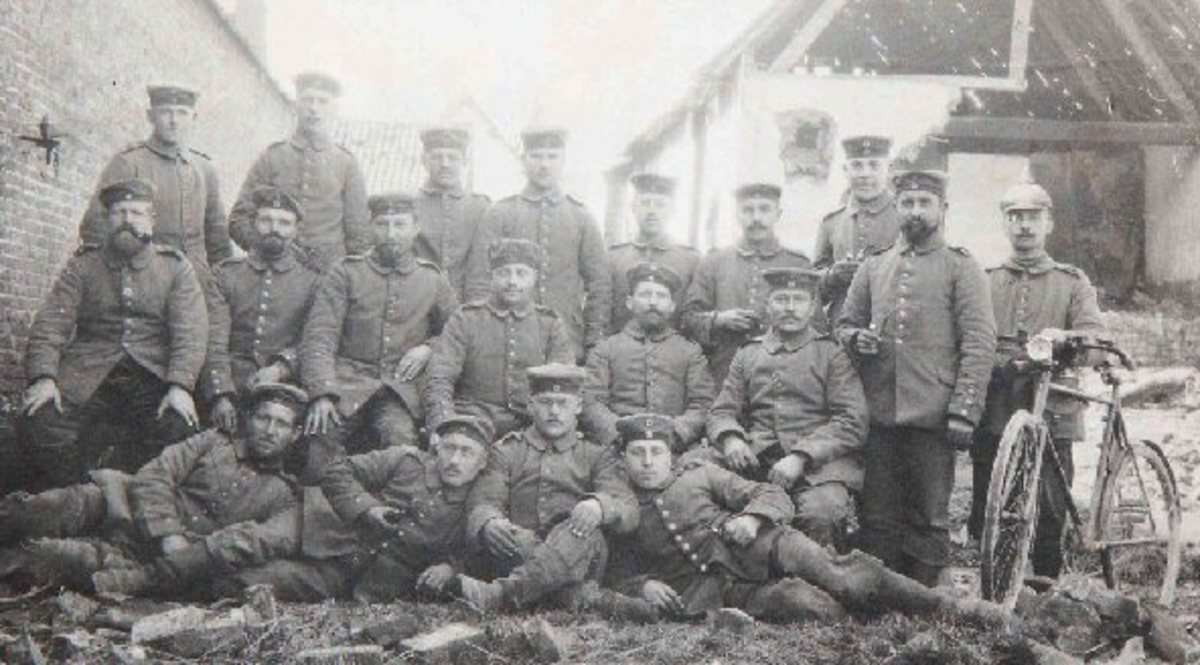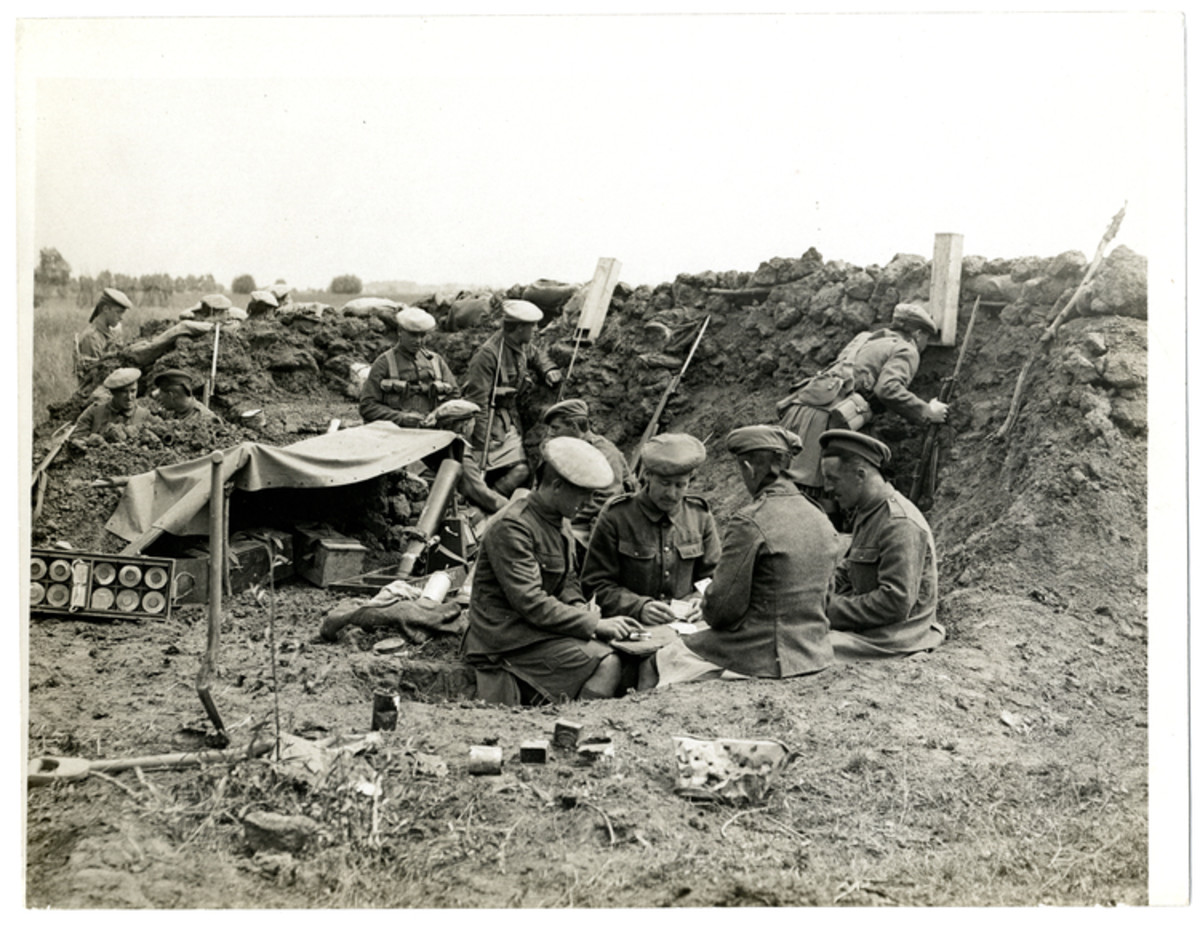- HubPages»
- Education and Science»
- History & Archaeology»
- History of the Modern Era»
- Twentieth Century History
History of World War 1 Part 3 Attempts at Negotiation
Visit History of World War I Part I and Part II, which are my previous two hubs explaining about history of World War 1.
Casualties from the Russians and the defeat of the Romanians
Regarding the situation on the eastern front in 1916, the Russians launched an offensive on Narocz Lake region, northeast of Vilnius. This action, intended to force the Germans to move their troops from Verdun to the Lake Narocz, failed dismally. The operation launched in June was more successful. The Italians asked him to take some action to relieve the pressure of the Austrian offensive in the Trentino-Alto Adige, the Russians, in response to their request, the Austrians attacked along a front stretching from southern Pinsk to Chernovtsy. By September, when many German reinforcements from the western front stopped the advance of the Russians, they had pushed back about 65 km to the Austro-German troops along the front and had captured 500,000 prisoners around. Despite failing to take its main objectives, the towns of Kovel and Lvov, the Russian attack Romania persuaded to intervene in the war in support of the Allies (August 27, 1916). Romania immediately launched an invasion on the Austro-Hungarian province of Transylvania (August and September), but Austro-German forces drove the Romanians in the region. These troops, together with Bulgarian and Turkish troops invaded Romania (November and December), which in mid-January 1917 had been completely conquered, so that the Central Powers had secured substantial reserves of wheat and oil.
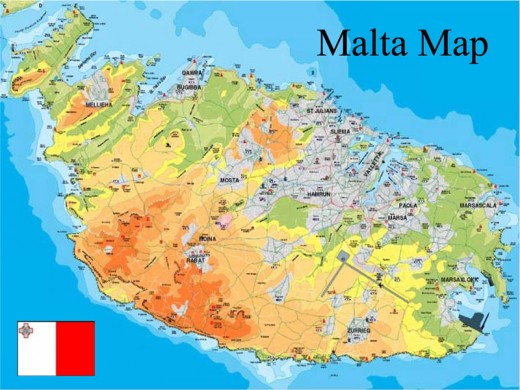
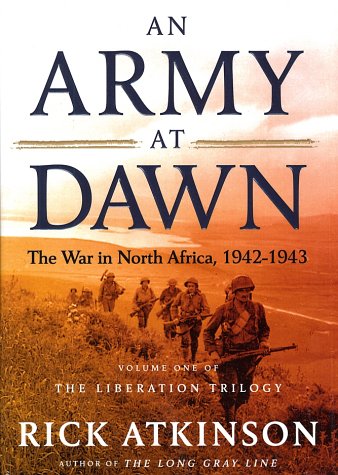
Italy and the Balkans
The work on the Italian front during 1916 focused on the fifth battle of the Isonzo River and the Austrian offensive in the Trentino, whose goal was to reach the rear of the Italian position on the Isonzo. The Austrians won considerable territory in Trentino, but the counteroffensive of the Italians are able to recover most of the land given. From August to November four new battles took place in the Isonzo, of which only included the conquest of Gorizia the Italians by August 9.
In the Balkans, the Allied powers interfered in the political life of Greece during 1916 alleging that the Greek government, led by King Constantine I, favored the Central Powers despite his professed neutrality. The Allied intervention led to the establishment of a provisional government in Thessaloniki (29 September), chaired by Eleuterio Venizelos, who declared war on Germany and Bulgaria on November 3. King Constantine was still wielding power in Athens and much of Greece, which led to conflicts with allies, who resorted to the blockade of Greece. Great Britain officially recognized the Greek provisional government on 19 December.
There were two races in the Balkans during 1916. In August the Serbian Army, reorganized in Corfu, he moved to Thessaloniki, where he joined the Russian and Italian troops to launch a joint offensive against German and Bulgarian forces. After the first victories, were forced to retreat due to a strong counterattack. The Allies launched a major offensive on Macedonia in early October, his troops captured Monastir (now Bitola) on 19 November and reached Lake Ohrid (on the border between Albania and Macedonia) in mid December
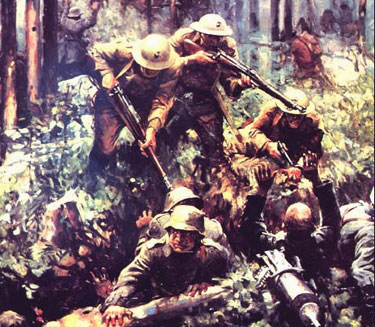
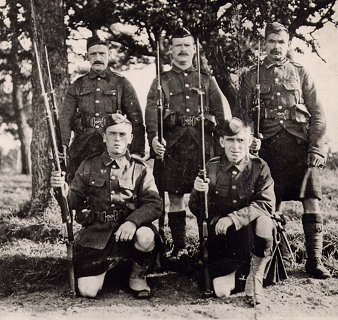
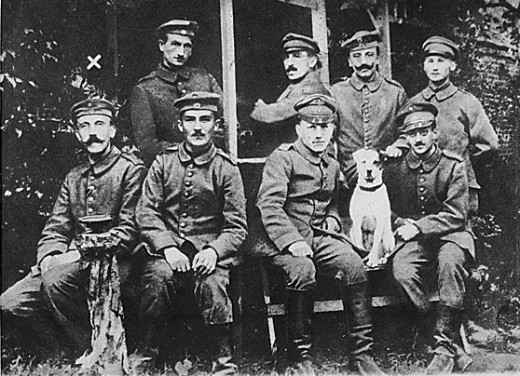
Ottoman domains
During 1916, displayed a considerable military activity in three areas of the Ottoman Empire: Mesopotamia, Arabia and Palestine. In Mesopotamia, the besieged city of Amarah Kutal was taken by the Turks on 29 April 1916 and February 1917 the British recaptured. In Arabia, Husayn ibn Ali, Sharif of Mecca, went along with his son, Abdullah ibn Husayn, the rebellion of the Hejaz (now Saudi Arabia) against Ottoman rule in June 1916. Husayn ibn Ali was aided by the British, who recognized him as king of the Hijaz in December 1916. To promote the Arab Revolt, the British stationed in Egypt began to advance toward the Sinai Peninsula and Palestine, and in early January 1917 had captured several forts.
Attempts at Negotiation
In 1916, Thomas Woodrow Wilson, president of the United States, a country which at that time was a neutral Power, belligerent nations tried to enter into negotiations leading to peace. As a result of their efforts, the German government informed the United States in December that the Central Powers were prepared to start peace negotiations. When the United States reported this news to the allies, Britain rejected the offer: Germany had not established specific terms for peace and those times Romania had just been conquered by the Central Powers, so it was surprising that they accept some reasonable bounds. Finally, Wilson got each of the sides communicate their specific requests, but these proved to be irreconcilable.
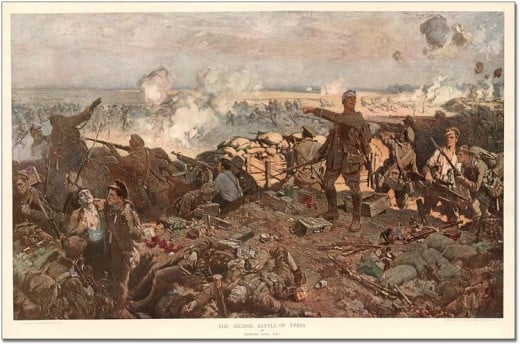
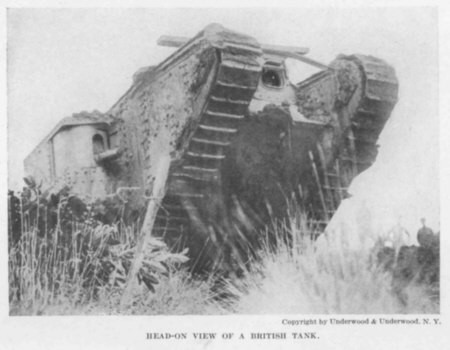
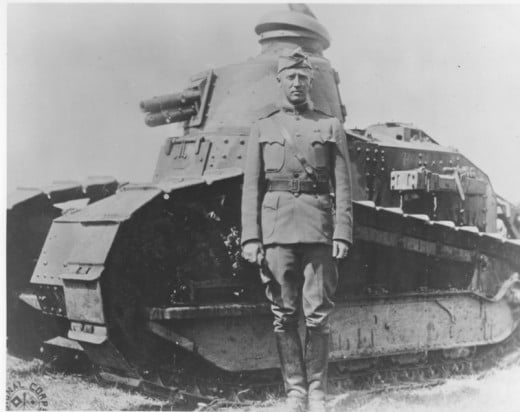
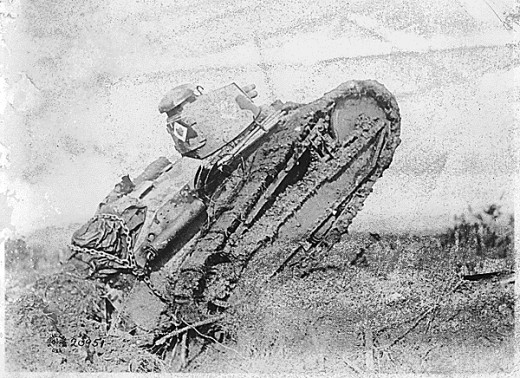
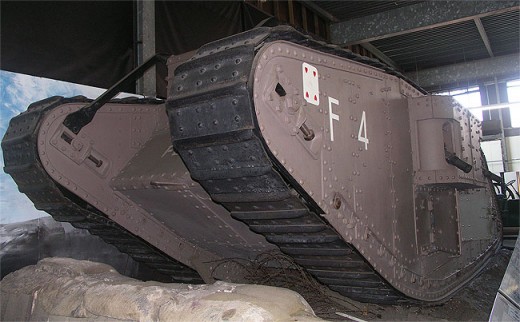
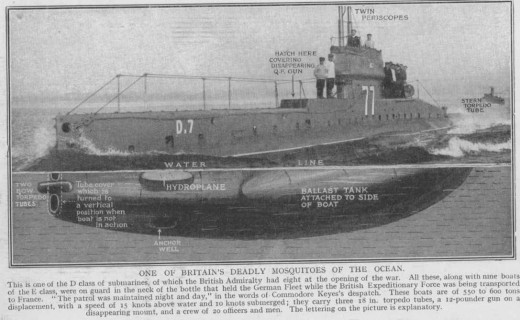
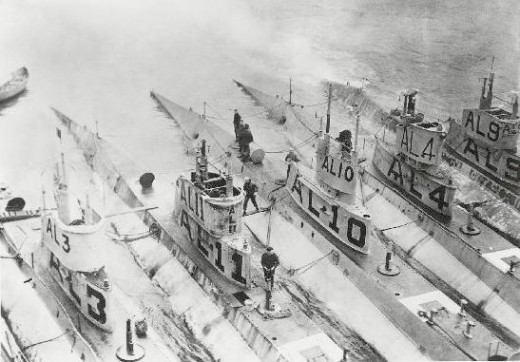
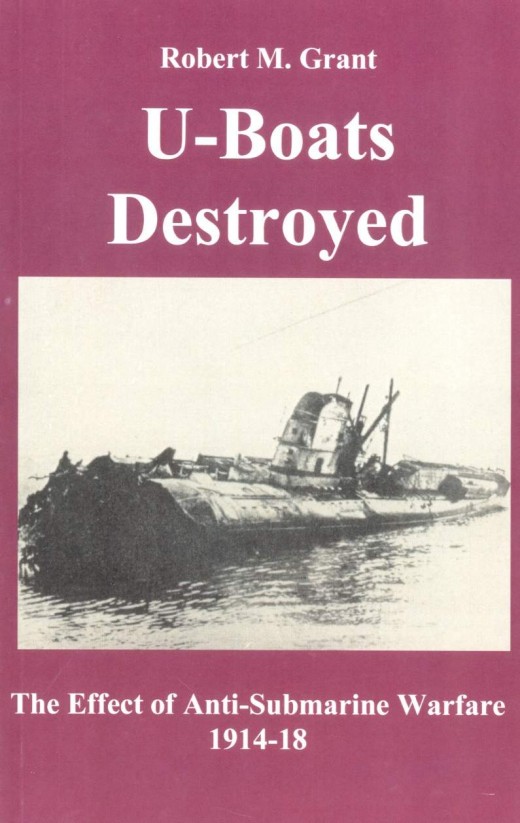
1917: U.S. entry and withdrawal of Russia
U.S. neutrality policy was changed when Germany announced in January 1917 that from February 1 would resort to unrestricted submarine warfare against the British fleet and all ships heading to this nation. The German civilian and military experts had calculated that this strategy would lead to the defeat of Britain in six months. United States had already expressed its strong opposition to unrestricted submarine warfare because it violated their rights as a neutral power, and even had threatened Germany with the rupture of diplomatic relations if it were to implement this strategy, so that interrupted his efforts on behalf peace. On February 3, United States broke diplomatic relations with Germany, several Latin American nations, including Peru, Bolivia and Brazil, backed this action. The United States declared war on Germany on April 6.
Battle of Arras and Ypres
In 1917 the Allies launched two large-scale offensive to break the German lines on the western front. The first attempt took place near Arras from 9 April to 21 May. While the British and French commanders were planning their strategy, the Germans withdrew from the line of the Aisne, and moved to the so-called Hindenburg line, against which the Allies turned their attack. This operation fought the third battle of Arras and heavy fighting on the Aisne and in Champagne, which ended with small gains by the French, but at the cost of such casualties that caused the mutiny of the troops. After the failure of this action, General Nivelle was replaced by General Henri Philippe Pétain on 15 May.
The second major offensive began in June when the British Expeditionary Force commanded by Haig attempted to cross the right flank of the German positions in Flanders. The Battle of Messines and the Third Battle of Ypres ended without any progress for the Allies.
The use of tanks
Among the allies launched attacks on the Western Front during 1917 highlights a battle at Verdun, in which the French managed to regain the territories they had lost in previous years, and the Battle of Cambrai (November 20 to December 3 ) to which the British attacked with 400 tanks. This was the first action of military history in which tanks were used on a large scale, and could have ended with the break enemy lines if not for a lack of reserves of the attackers, causing the Germans end up regaining the territory ceded to the British.
After its entry into the war on April 17, moved to Europe United States called American Expeditionary Force (AEF), the head of which were General John Pershing. By June 1917, over 175,000 American soldiers were trained in France, and a division was now in allied sector lines near Belfort, the troops of the AEF had in November 1918 nearly two million men.
Submarine warfare
During 1917 the German submarine warfare failed to bring about the surrender of Britain by destroying the allied fleet, which the British depended for obtaining food and supplies. The German submarine campaign appeared to be effective in the beginning, toward the end of 1916 the Germans sank month around 300 tonnes of British and other allied vessels in the North Atlantic, the figure rose to 875,000 tons in April, so the Germans were confident of victory soon. However, Britain won, since the summer, decrease the efficiency of the German strategy following several methods adopted a system of convoys in the merchant fleets that were protected by destroyers and Submarine chaser, flying boats used to detect submarines and spent loads depth to destroy them. By autumn, the Germans began to lose many submarines, although a lot still sinking of Allied ships. In turn, the Allied nations, especially the U.S., rapidly built new vessels. The German attempt to end the conflict through submarine warfare had failed.
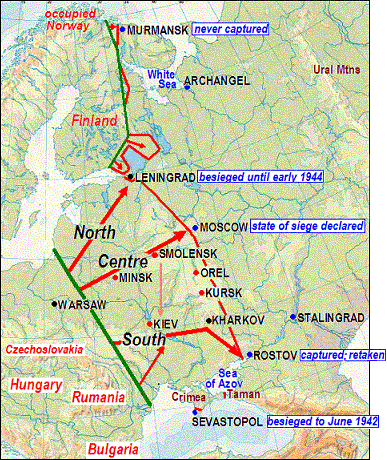
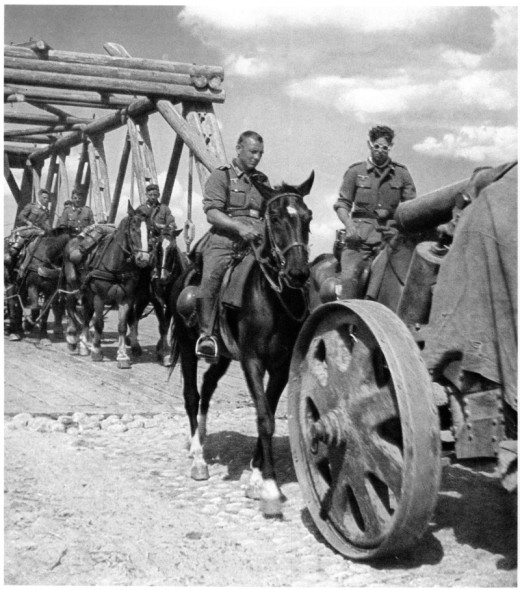
Russian withdrawal - End of war at Eastern Front
In March 1917 the first phase of the Russian Revolution led to the establishment of an interim government and the abdication of Tsar Nicholas II. The new regime went to war in July, Russian troops at the head of which were General Aleksei Brusilov, advanced with some success in front of Galicia, but later lost much of the conquered territory. In September the Germans took Riga, defended by Russian troops of General Kornilov Lavr Georgevitch, and a month later occupied most of Latvia and a large number of Russian islands in the Baltic. One of the program of the Bolshevik party, which took power on November 7, was the withdrawal of Russia from the conflict, on 20 November the new German government offered to suspend hostilities. The representatives of Russia, Austria and Germany signed the armistice on 15 December, which ended the fighting on the Eastern Front..



